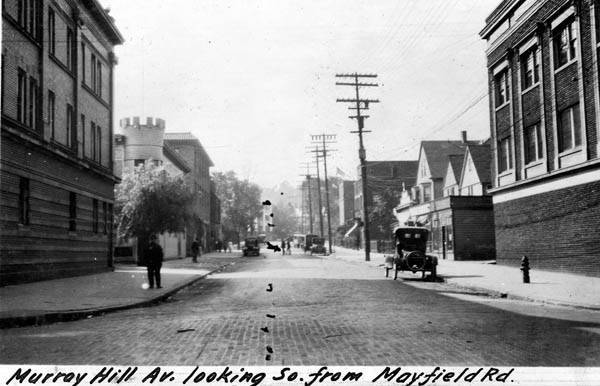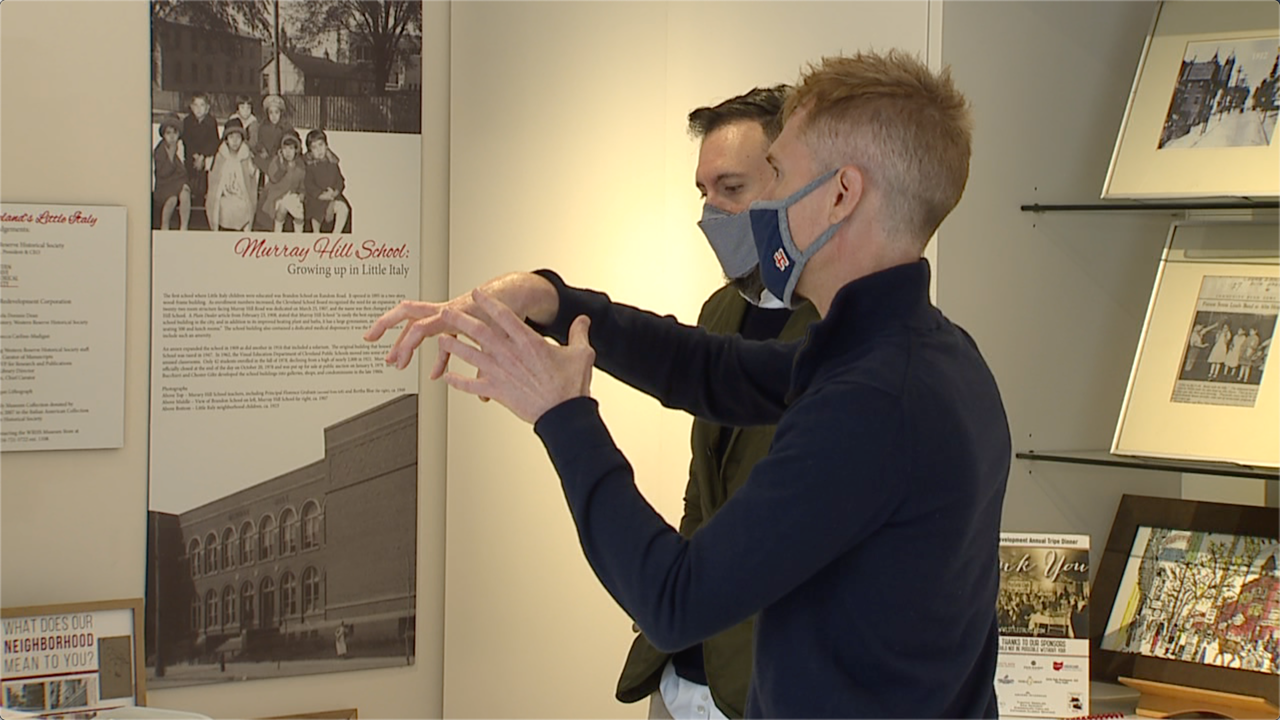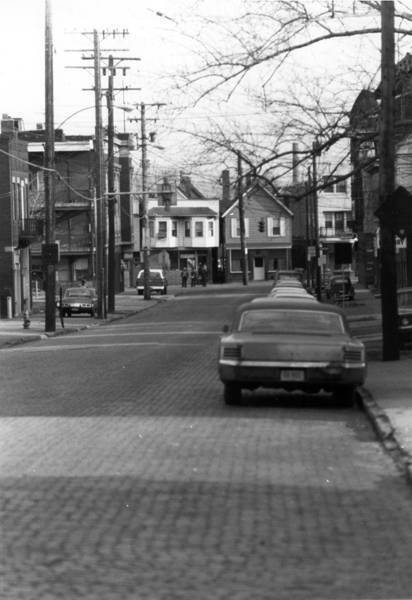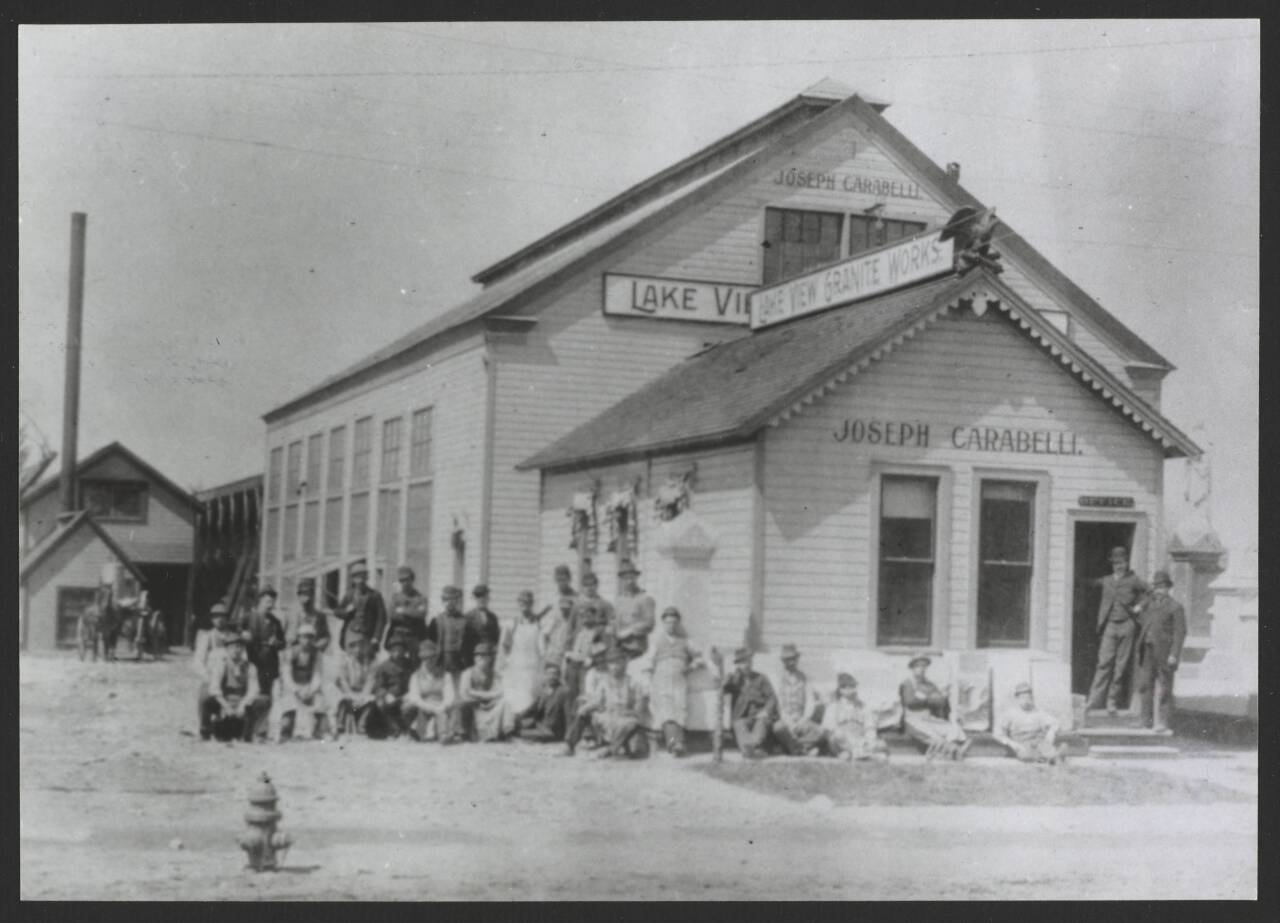CLEVELAND — A walk through Cleveland’s Little Italy in 2021 allows visitors to time travel through a history of Cleveland if they know where to look. It’s why the Little Italy Redevelopment Corporation is working on an updated neighborhood plan to better guide developers so future projects in the neighborhood reflect what the community wants.
Buildings that have defined Mayfield Road for a century still stand tall. The businesses and people who live inside them have been some of the few things that have changed over the years.

“It’s great, it’s why I live here,” said Issac Reifler who works at Presti’s Bakery and has lived in Little Italy for six years.
If the buildings that make up the neighborhood are the ingredients, then the finished dish is the feeling pedestrians get as they walk the sidewalks.

Over the last few years, Little Italy has seen some new ingredients.
Forty apartments called the Mayfield Station Apartments were built right next to the RTA station. Another 30 followed just up the block soon after.
Right now, the former Washington Place Bistro is being converted into 12 new apartments with a large building going up right behind it after a drawn-out fight through Cleveland’s approval process.

“How do you balance the new and preserve the old?” asked Little Italy Redevelopment Corporation Executive Director Ray Kristosik.
A New Neighborhood Plan
The answer is coming from Little Italy Redevelopment Corporation Board Member Matt Wymer and RDL Architects’ Greg Soltis.
“The plan is about preserving the neighborhood,” said Soltis.

The revamped neighborhood plan is being created with extensive input from community members, local businesses, and visitors to Little Italy. It costs $25,000 to put together, which Kristosik says is being covered by the Cleveland Foundation and The Italian Sons and Daughters of America. You can take the group’s survey here.
The group plans to present a final document stating what residents want to see in new development to the city in the next few months so that new projects can be held to those standards.

“It is extremely important for the Little Italy Redevelopment Corporation to engage residents and stakeholders to develop an updated plan to protect this historic district in Cleveland,” said Ward 6 Cleveland City Councilmember Blaine Griffin, who represents Little Italy. “I’ve reviewed the plan and I’m confident that the plan includes the voice of long-time, generational homeowners and property owners. The updated plan also harnessed the energy of new residents and stakeholders that call Little Italy Home.”
“It’s the people’s community and they should have input on what happens here,” said Wymer.
Soltis, whose family has been in Little Italy for generations, says the main challenge is outdated zoning codes throughout all of Cleveland. He says they were established in the 1920s with the intention of separating places to live from places to work when manufacturing was common and dirty.

A century later, loud manufacturing and its pollution areCLE less of a concern and communities embrace mixed-use projects with retail on the ground floor and living spaces above. But the outdated code doesn’t allow for that.
“It sets up a condition where a developer has to go ask for a bunch of variances to build something that is appropriate and then you open up this Pandora’s Box about what can we do, what can't we do because it’s all dependent upon variances,” said Soltis.
When everything is up for debate, projects can stretch the bounds of what fits in a neighborhood and what the community wants to see.

That’s what Kristosik says happened with the project being built right now at the corner of Cornell Road and Murray Hill Road. Little Italy’s Master Plan, which is not being changed by the new neighborhood plan, calls for more density in certain parts of the neighborhood.
“So they took that avenue to build what they wanted to build over there and that wasn’t the intent in the plan,” said Kristosik. “But it wasn’t spelled out and it kind of led them in that direction.”
Form-based code
The way Little Italy is trying to guard against similar issues in the future is to move closer to “form-based code” instead of code based on the uses of a building or project.

“Meaning that what you see…is what’s important,” said Soltis. The experience on the sidewalk, the mix of uses, the texture and the just great stuff the makes [Little Italy] a great place to walk around.”
Other neighborhoods around Cleveland have started to move towards form-based code too in an attempt to revitalize the community.
“The massing and the scale of the buildings and the street-scape that [form-based code] creates, that really is the charm and what creates the walkable nature of it,” said Wymer.

That process means cataloging the ingredients that have made Little Italy what it is already, like single-family homes, duplexes, little mixed-use, and live-work buildings so that when developers come along in the future, they have a better idea for where to start.
“It’s going to be like a guidebook,” said Soltis. “The expectations are much clearer so there’s not that, ‘Oh, I have to get a whole bunch of variances to do anything because the neighborhood is illegal according to the code.”
Preserving the “feel”
Soltis says he’s seen family members in some of the historic pictures the project has pulled for research since his grandparents and other family members lived and worked in the neighborhood decades ago. The goal is to make sure new visitors in the future can experience streets that feel the same as they did when Soltis’ relatives walked them.

“A neighborhood is just a layering and layering of all these different people’s experiences and you know there are echoes of all that still within this place,” said Soltis. “The people who build that church, their fingerprints are on that building. The people who designed it, all the people who worshiped in it over time.”
That doesn’t mean no new structures will be built. As new developers eye projects in Little Italy, the Redevelopment Corporation hopes to better define the ingredients (buildings) that will fit.
“The flavor is more rich and zestier when you have more diversity of uses and diversity of people and this complexity that comes together makes for a really good dish,” said Soltis.
“In 20 years, if you look down Mayfield Road and it looks like you’re shooting it now, then I think we did our job,” said Kristosik.
You can take the survey to help the group gather information and data here.
Download the News 5 Cleveland app now for more stories from us, plus alerts on major news, the latest weather forecast, traffic information and much more. Download now on your Apple device here, and your Android device here.
You can also catch News 5 Cleveland on Roku, Apple TV, Amazon Fire TV, YouTube TV, DIRECTV NOW, Hulu Live and more. We're also on Amazon Alexa devices. Learn more about our streaming options here.






